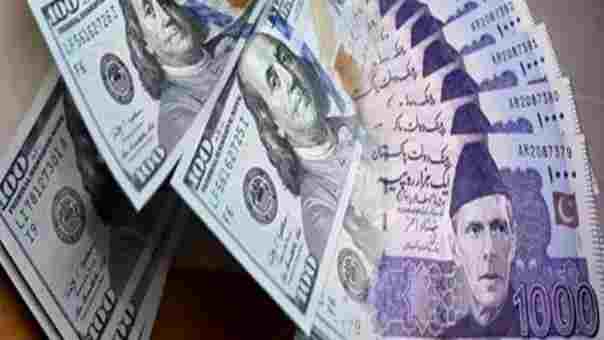Karachi, December 8, 2024 – The currency exchange rates for Pakistan, reflecting the closing values from Saturday, December 7, 2024, are listed below. The foreign currency exchange market remains closed today due to the weekly holiday.
The currency exchange rates provide insights into the buying and selling trends of major global currencies against the Pakistani Rupee (PKR). The US Dollar (USD), one of the most traded currencies in Pakistan, stands at a buying rate of PKR 277.6 and a selling rate of PKR 279.1. Similarly, the Euro (EUR) currency is trading at PKR 291.55 for buying and PKR 294.3 for selling, while the UK Pound Sterling (GBP) is valued at PKR 351.5 for buying and PKR 355 for selling.
Among Gulf currencies, the Saudi Riyal (SAR) and United Arab Emirates Dirham (AED) are key players. The SAR is exchanged at PKR 73.65 for buying and PKR 74.2 for selling, whereas the AED is priced at PKR 75.35 for buying and PKR 76 for selling. The Kuwaiti Dinar (KWD), known for its strong valuation, is listed at PKR 895.5 for buying and PKR 905 for selling.
In regional currencies, the Indian Rupee (INR) remains low, trading at PKR 3.18 for buying and PKR 3.27 for selling. The Chinese Yuan (CNY) is comparatively stable at PKR 37.99 for buying and PKR 38.39 for selling. Meanwhile, the Japanese Yen (JPY) is valued at PKR 1.86 for buying and PKR 1.92 for selling.
From the European and Australasian markets, the Australian Dollar (AUD) is traded at PKR 179 for buying and PKR 181.25 for selling, while the Canadian Dollar (CAD) is listed at PKR 198.1 for buying and PKR 200.5 for selling. The Swiss Franc (CHF), another robust currency, stands at PKR 312.72 for buying and PKR 315.52 for selling.
The rates highlight Pakistan’s ongoing dependence on global currencies for trade and investment. The fluctuations are driven by multiple factors, including international market dynamics, domestic economic policies, and geopolitical developments.
Traders, businesses, and individuals engaging in foreign currency transactions can use these rates to plan their activities. As global and local economic conditions evolve, the exchange rates may continue to see shifts.
